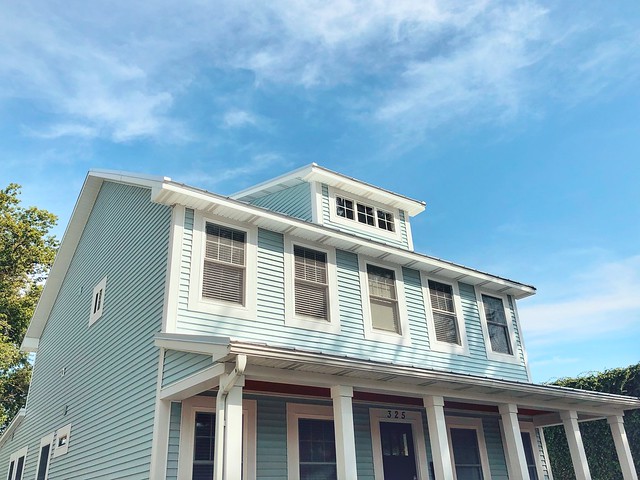The S&P Case-Shiller Home Price Indices is considered among the leading measures of U.S. home prices. Their data covers all nine census divisions and has been collected for nearly 30 years. According to their most recent release, home prices continue to increase but have begun to decelerate. In fact, both the 10-city and 20-city composite indexes showed a slower rate of increase in August than they did the month before. Still, S&P’s managing director and global head of index investment strategy, Craig Lazzara, says price growth remains strong. “The U.S. housing market showed continuing strength in August 2021,†Lazarra said. “Every one of our city and composite indices stands at its all-time high, and year-over-year price growth continues to be very strong, although moderating somewhat from last month’s levels.†The national index shows prices up nearly 20 percent from one year ago. Among individual cities, Phoenix experienced the biggest gains, with San Diego, Tampa Bay, Dallas, and Seattle rounding out the top five cities with the biggest increases. (source)













